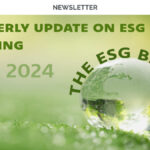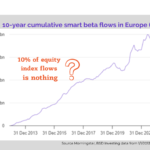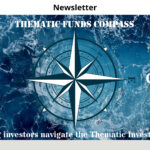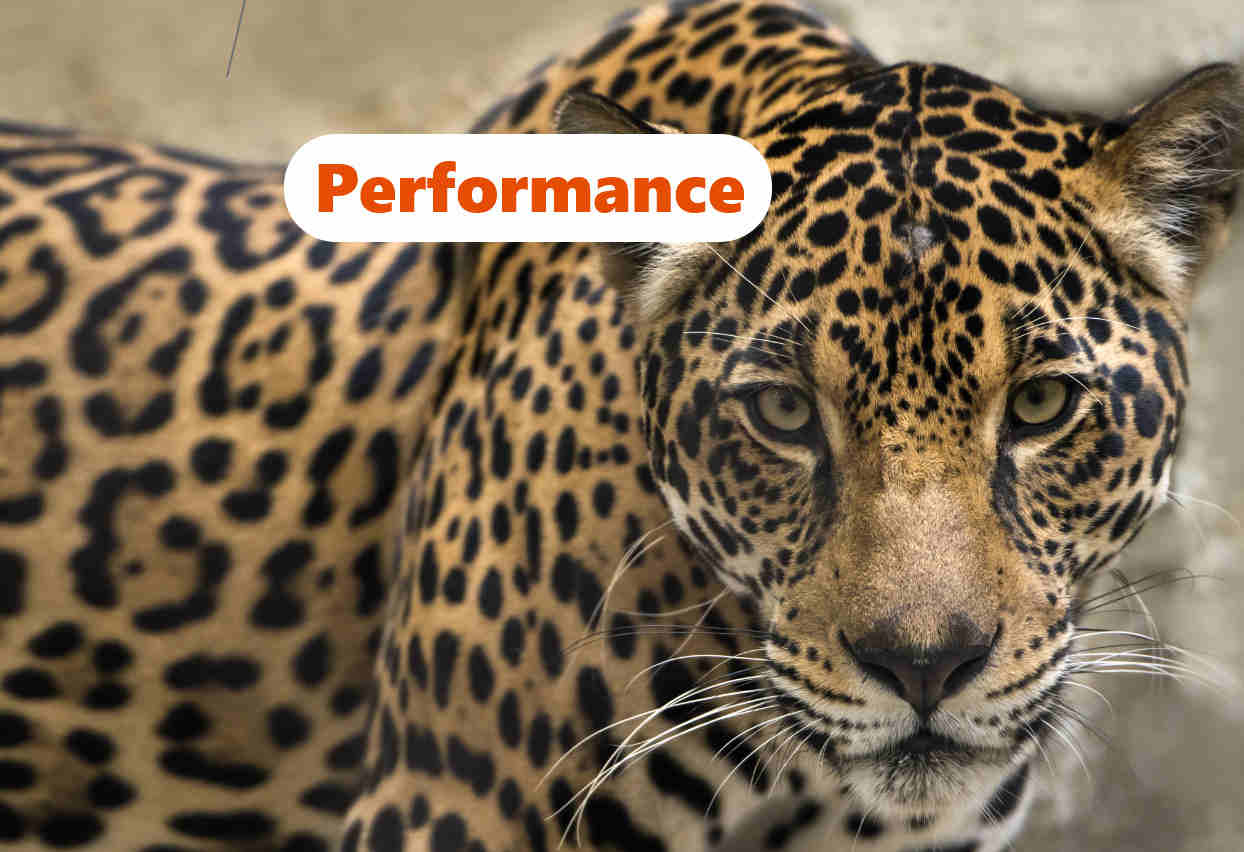What should we remember based on the YTD 2021 active fund vs ETF performance to improve the portfolio performance?
The comparison of the performances between the active management and ETFs since the start of 2021 shows mixed performance between active and passive funds depending on the period and market phases. This confirms again that both active and passive management have a role to play in the optimization of portfolio performance. Determining the optimal allocation of portfolios between the two is one of the key questions for building successful portfolios whatever the economic climate.
Active fund vs ETF performance : who is the winner over the first 3 quarter of 2021?
Since the start of the Covid 19 crisis, active managers have shown an increase in performance compared to previous years. This dynamic is confirmed in 2021. Indeed, if we consider the average over more than 30 universes ranging from equities to bonds across all regions and strategies, more than 54% of active managers outperformed the ETF over the first 3 quarters of 2021. This is above the average over the last 10 years, which is 48%.
The third quarter of 2021 posted the best results for active management with + 56%, after a more difficult second quarter at + 45%.
What are the reasons for this improvement for active fund performance?
I will say two words: flexibility and conviction. The convictions of the active managers made it possible to generate outperformance in a context where there is a strong rotation between sectors and themes with more opportunities in the market. Active managers have been able to adapt to changes linked to the new economic and health situation following the Covid 19 crisis. They were able to select the companies with the best results by taking into account new information generated by the pandemic or by avoiding companies with the worst results. As proof, on average over all 30 universes, the 20% of funds with the highest tracking error outperformed their passive counterparts by 2% on average. This marks a turning point compared to previous years, apart from 2015, showing that the strong convictions of the active managers did not allow ETFs to outperform.
Which markets were favorable for active fund?
In 2021, the bond market, the emerging equity markets and the small caps were the most favorable to active management.
In the bond segment, active managers posted solid performance despite rising interest rates along with rising inflationary pressures.
Their performance was supported by a credit environment which remained buoyant thanks to solid fundamentals. 68% of them outperformed passive funds, which is close to the 2019 record of 69%. Active management in US High Yield Bonds, Global Bonds, Global Corporate Bonds and Emerging Debt posted the strongest results.
In equities, the performances are mixed.
For a third quarter with increase in market volatility and a year marked by numerous sector and thematic rotations, 50% of active equity managers managed to outperform their passive counterparts, close to the 51% reached in 2020. Equity universes of China, Europe & US small caps, Europe & US value and emerging equities were among the most buoyant for active managers.
In Chinese equities, 86% of active managers outperform ETFs, a marked improvement over the 10-year annual average of 54%. Active managers are doing well in a difficult market with strong regulatory pressure and the speculation of the bankruptcy of Evergrande. The average outperformance spread is 4.8%, which is among the top 3 highest spreads over the same duration in the past 10 years. This is mainly due to underexposure to the telecommunications and consumer discretionary sectors which include the biggest Chinese stocks such as Tencent and Alibaba.
The emerging equities, which are also impacted by fears about China, had 58% of active managers outperforming their passive counterparts, a record level for 10 years. It was also the underexposure to the telecommunications and consumer discretionary sectors that helped active managers.
In which areas has ETF shown the best performance 2021?
In the bond market, active managers did well
In the bond market, bonds indexed to global and euro inflation, are the universes that have performed best for ETFs, as has been the case on average every year over the past 10 years. Note that in the US corporate bond segment in 2021, ETFs are gaining ground: on average, ETFs outperformed 59% of active managers, compared to 45% over 10 years.
In equities, in the large cap segment, ETF management continues to outperform.
In the growth stocks segment, where historically active managers have been outperforming, ETFs performed well this year.
Large cap equities in the Euro zone are one of the strengths of ETF management where, since the start of 2021, ETFs on average have outperformed 85% of active funds. This is above the 10-year annual average of 72%. Active managers were penalized by underexposure to the Financials and Energy sectors which were among the best performing sectors in YTD 2021.
In US equities, ETF management continues to perform well with ETFs outperforming, on average, 57% of active large-cap US equity managers. However, this figure is down from the 10-year average of 74%, with a larger number of active managers having made the right sector choices of overweighting financials and underweighting the technology sector.
In European equities, ETFs have outperformed, on average, 56% of active funds since the start of the year. This is in line with the 10-year annual average. In 2021, active managers suffered from poor sector exposure, overweighting the telecommunications sector which underperformed the index and underweighting financials which outperformed.
At country level, ETF managers are outperforming in the French and German large caps segment. In 2021, ETFs in these markets outperformed on average 92% and 62% of active managers respectively. This represents a return to what we have observed historically until the year 2020, a year that was clearly favorable to active management.
Conclusion
Having a fair and dynamic view of what has really outperformed is key to making the right investment decisions and improving portfolio performance. BSD Investing’s unique proprietary database made it possible to make this report based on reliable data and fair analysis integrating all parameters. It covers 11,000 funds domiciled in Europe over a period of more than 20 years.
Source : BSD Investing, proprietary database. Data from 30/9/2011 to 30/9/2021. Active fund performance is compared to that of ETFs on the same indexation.
Marlene Hassine Konqui













Leave a Reply
You must be logged in to post a comment.